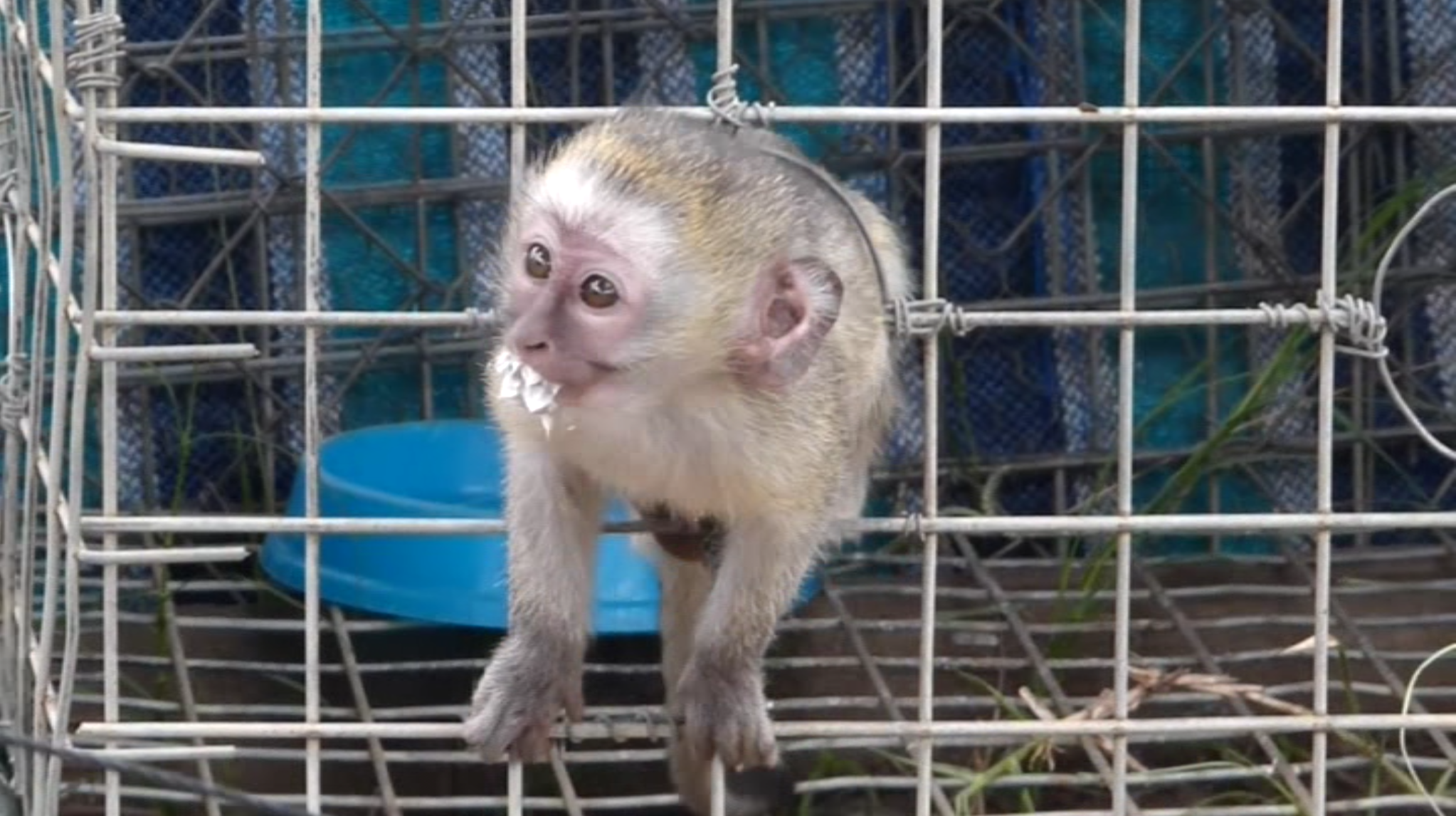Foster monkey moms: A second chance for orphans
By Robin Huffman, Safina Center Fellow
Female vervet monkeys love baby monkeys. They reeaallly love them. I saw this for myself my first time volunteering at the Vervet Monkey Foundation (VMF) in South Africa in 2011. During my 4 ½ months there, the VMF launched a heartwarming program leveraging that love, pairing orphaned baby vervets with “foster monkey moms.” I was lucky enough to participate then and during subsequent volunteer visits.
The sanctuary’s mission is rescuing, rehabilitating and providing safe natural environments for orphaned and abused vervets in a country where many, particularly farmers, consider the species pests. Human encroachment into their habitat has created conflict, with devastating consequences for these intelligent, socially complex, territorial primates. The sanctuary also actively engages surrounding communities on ways to minimize conflict and respect wildlife.
Baby season begins around November. There can be up to twenty orphans landing at the sanctuary in a single season, their mothers killed—shot, poisoned, attacked by dogs, hit by cars. Some infants arrive wounded themselves, like little Logan whose puncture above his eye, probably from a dog, took weeks to heal (and only after a drain was inserted).
Logan (with a metal pin drain on his brow) eating leaves. Photo: Robin Huffman
And it’s not uncommon for people who find an appealing, helpless orphan to keep them through the holidays as a novelty before turning them over to the VMF. Occasionally, an infant accidentally separated from their wild troop, if found quickly, is lucky enough to be reunited with them by the VMF team.
The first phase of the fostering process, and the infants’ survival in general, requires tremendous human support. When baby orphans arrive, they’re given a thorough health check and spend at least the next 72 hours in quarantine watched over 24/7 by human caregivers, in cozy cabins dubbed Loveland and Neverland. Wounds are tended to and rehydration salts dispensed. Milk (soy human baby formula) is given around the clock. They may be offered soft foods, and gently encouraged to explore, as some are achingly sad and likely grieving.
"The forlorn look when you have lost all you have, all you love, and your life has just been turned upside down. Heartbreaking." Photo: Dave DuToit
Infant monkeys, like human infants, need to feel loved and safe, and be physically and mentally stimulated in order to thrive. When they’re napping and sleeping, we caregivers swaddle them snugly in downy-soft blankets. This seems to comfort them.
Ayla swaddled. Photo: Robin Huffman
And it softens the instinct to cling to their human caregivers, which is important in easing separation anxieties and promoting their bonding with other monkeys, one of the best antidotes to their sorrow.
Infants are then reassessed for graduating to spending daylight hours in Disneyland, a large outdoor “playground” enclosure. It’s near a troop habitat, so they can observe other vervets. Caregivers still attend them around the clock, carefully supervising and recording the babies’ development. They learn to drink milk from bottles, and then master a feeding cage—which only infant-sized monkeys can enter—for their milk bottles, a critical element in the fostering program.
Keksie drinks her milk. Photo: Robin Huffman
Logan drinking milk in the feeding cage. Photo: Robin Huffman
Lew leaving milk cage. Photo: Fritz
A few orphans, like Lew, never master a bottle and drink from a bowl instead. It’s also here they really begin to forge bonds with other orphans. During my first time there, tiny Ayla’s learning curve in monkey skills was accelerated by her having a “big brother” in older orphan male Spiegel showing her the ropes.
Ayla clings to older orphan Spiegel. Photo: Robin Huffman
Ayla eats a berry. Photo: Robin Huffman
Stay tuned for Part Two: Orphans meeting their foster moms for the first time!








